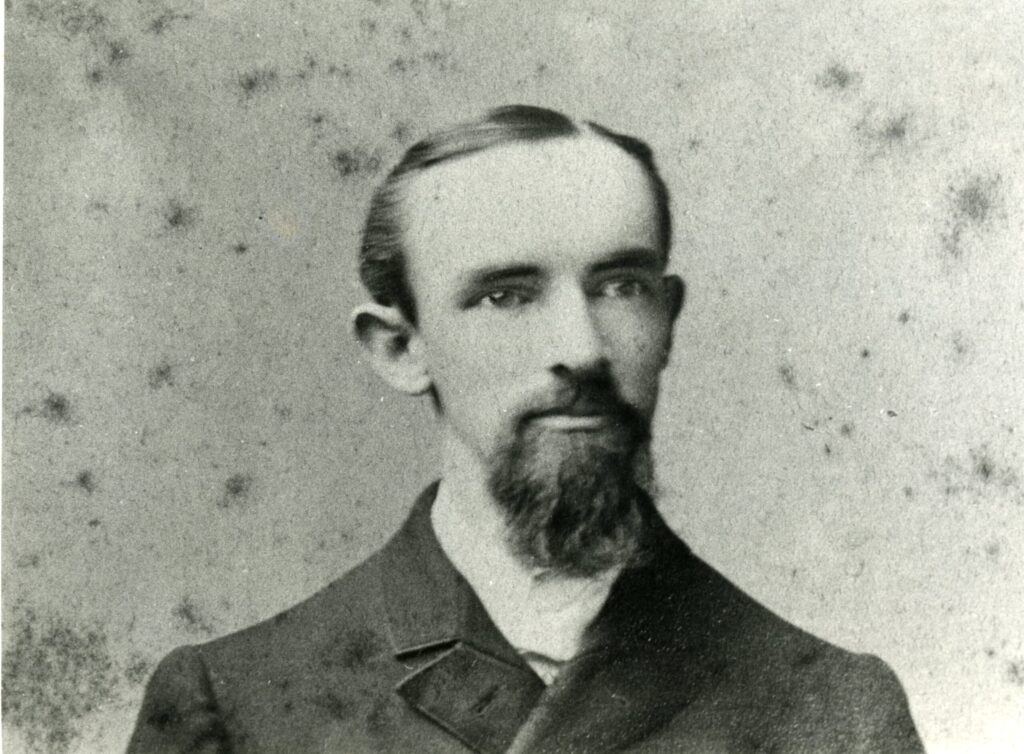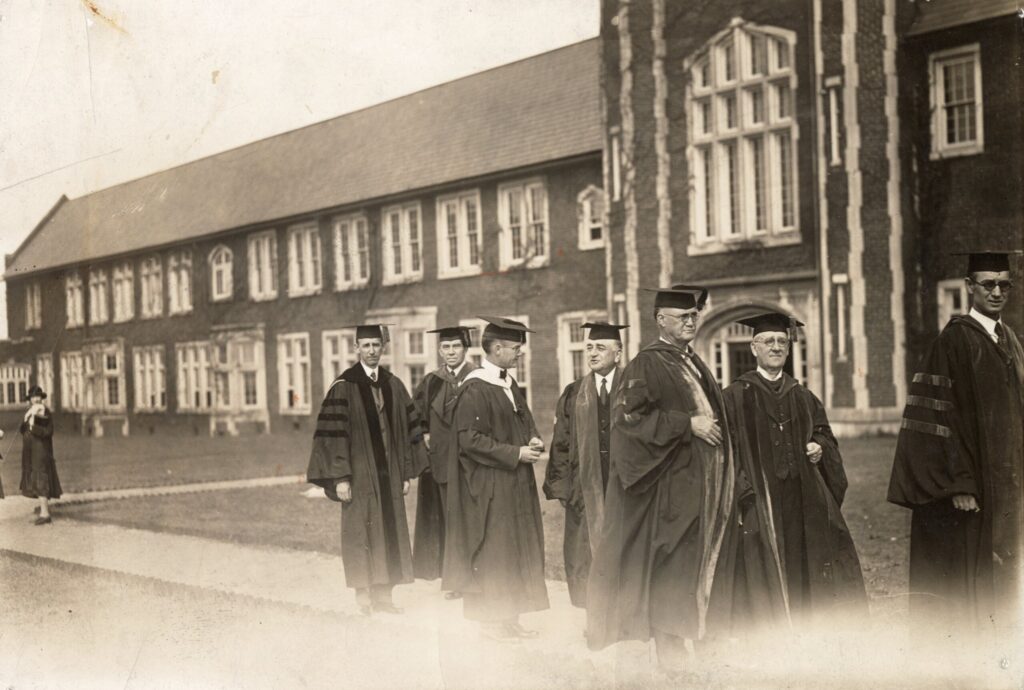This blog post was authored by Ethan Hof, an intern in the Library’s Special Collections unit from the Department of History in Fall 2023.
Prior to beginning my internship at the UTC Library’s Special Collections, I had a rather limited understanding of the archival profession. I first came across this profession when I was looking into the things that I could do with a degree in history and encountered the field of Library and Information Science. While my initial research provided a cursory glimpse into the realm of archival science, getting hands-on experience would help me determine if this truly was something I was interested in pursuing. To that end, I began searching for possible internships or opportunities that would help me gain that expereince. I heard about for-credit internships offered through the History Department for the Fall 2023 semester and applied. By the end of the summer, I secured an internship in Special Collections.
Over the course of the internship, I gained a greater understanding of what archivists do on a day-to-day basis as well as a myriad of new skills. My assigned project was the University of Tennessee at Chattanooga portrait photographs collection, which consists of 740 portrait photographs of influential individuals who were in some way significant to the history of the university. Specifically, I worked to author Describing Archives: A Content Standard (DACS)-compliant item-level descriptions for the existing collection-level finding aid. Following a local metadata application profile based on DACS and other standards, I entered the descriptive metadata which included entering the name for each individual in the portraits, the approximate date for when it was taken, and its unique identifier into a spreadsheet. While each of the portraits had a name on the back of the image, the rest of the information was not always available. To find this missing information, I conducted research using previously digitized university resources such as student newspapers, yearbooks, and course catalogs.

Once this segment of the work was completed, I entered the data into the finding aid in ArchivesSpace. The next step was to get the collection ready for digitization by authoring the digital object metadata for each item in the collection. To do this, I followed Special Collections’ local Metadata Application Profile for Digital Collections, which follows a descriptive metadata schema derived from the Dublin Core Metadata Element Set. Some of the information such as the name of the individual in the photos, the photographer (if available), and the date it was created, had already been identified in working on the finding aid. Other metadata fields, such as a description of the image, document type, format, extent, and any linguistic content in the photo along with its associated language code were completed for each item in the collection.

Currently, I am in the final stages of entering the digital object metadata into the spreadsheet. It is quite satisfying watching the digital object metadata spreadsheet slowly but surely being filled out by information that I entered and looking back on everything else that I completed. At the start of the internship, I had very limited knowledge and no experience in the field of archival work. I initially thought that this would be a hindrance and that I would be expected to know how to use relevant standards before I even started. Thankfully this was not the case as my supervisor, Noah Lasley, met with me weekly, showed me how to properly complete each step of the project, and answered any questions I had along the way. I am grateful for the knowledge and experience that this internship has provided me as it has helped me solidify my plans to pursue a career in the archival profession after I graduate next May.